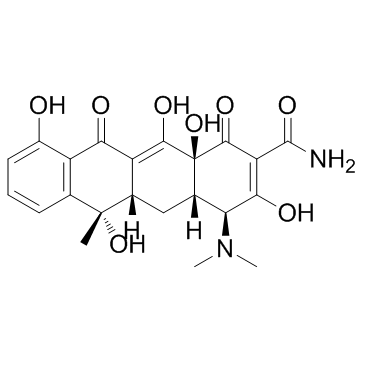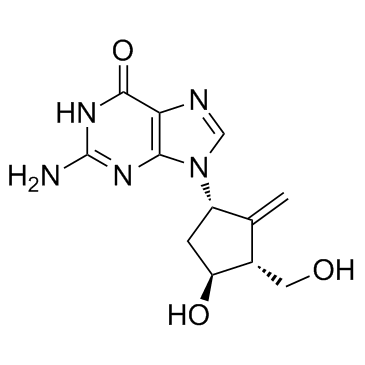| Structure | Name/CAS No. | Articles |
|---|---|---|
 |
Tetracycline
CAS:60-54-8 |
|
 |
Entecavir
CAS:142217-69-4 |